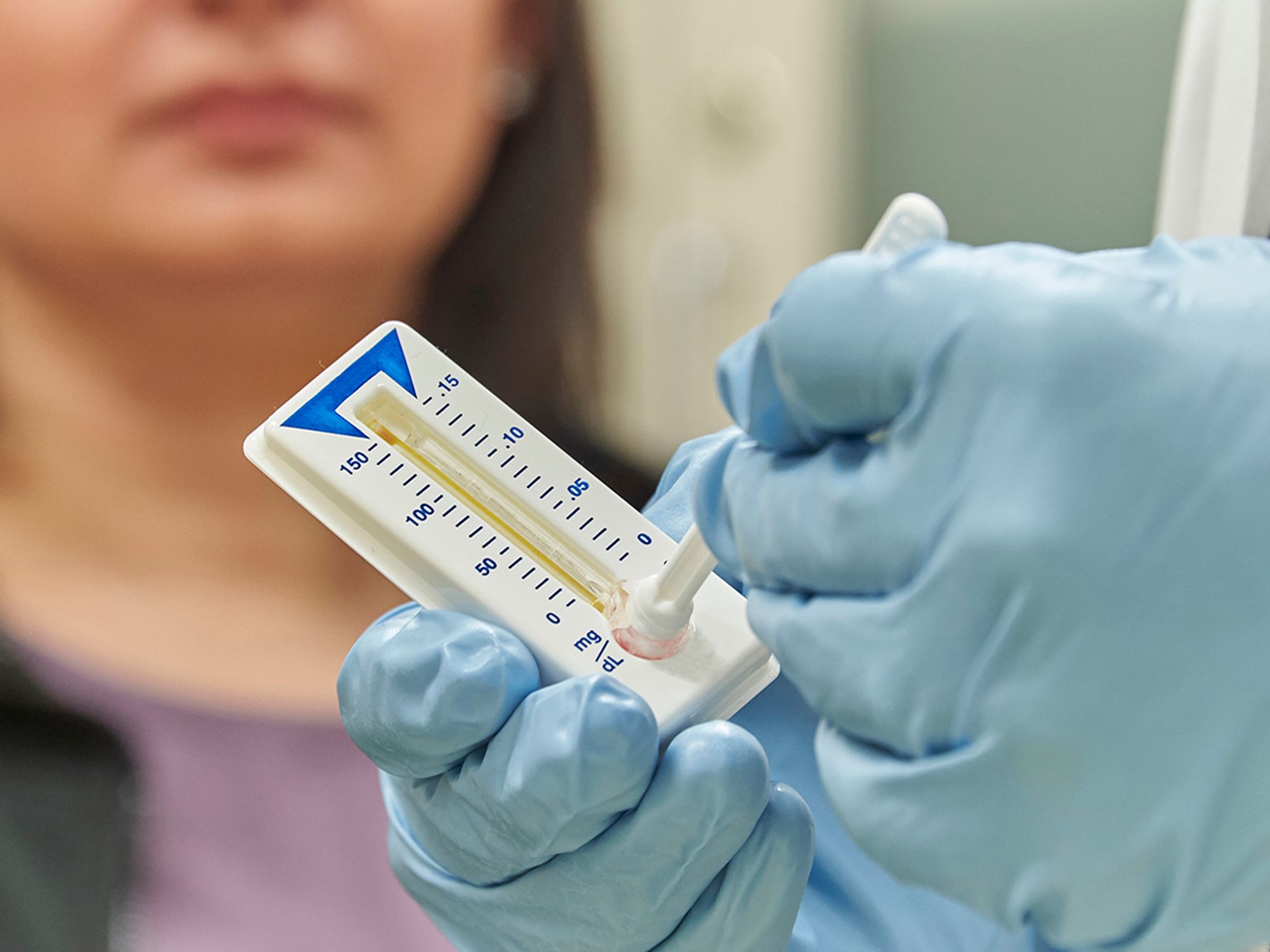Drug test specimen types

- Drug test specimen types include urine, blood, saliva, and hair.
- Some states place restrictions on the type of test employers can use.
A number of testing methods are available for detecting drug use. The one that is used will depend on the situation, state laws, and workplace needs.
Urine: The most common form of drug testing is to analyze a sample of urine for traces of drugs. A positive test result indicates that a drug was used sometime in the recent past; it does not tell whether or not the person was under the influence when giving the sample. A urine test can be used to detect alcohol, but it is not typically used because it is less accurate than a blood or breath test.
Blood: A blood test measures the actual amount of alcohol or other drugs in the blood at the time of the test. It may be restricted under state law; blood testing is prohibited in Vermont.
Saliva: Oral fluid tests can be a rapid and non-invasive way of testing for drugs. Non-negative initial on-site screens often require confirmation by a laboratory. Saliva testing may be restricted under a state law. For example, in North Carolina, rapid testing is only allowed for pre-employment testing. In New York, an on-site testing facility is subject to the same standards as laboratories.
Hair: A hair test can show drug use for several months before the test is taken. Drugs won’t be detected in hair for about five to seven days after use. Because of this, hair tests are not a reliable way to test for impairment at the time of an accident. Hair tests are prohibited in some states, including Connecticut, Louisiana, Nebraska, and Vermont. Hair tests are prohibited in Alaska, Arkansas Kansas, Ohio, Tennessee, Wyoming if an employer is following a voluntary state drug testing law. In Maryland, hair testing is only allowed for pre-employment tests.
